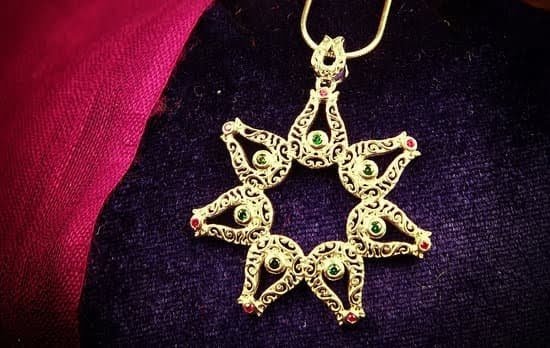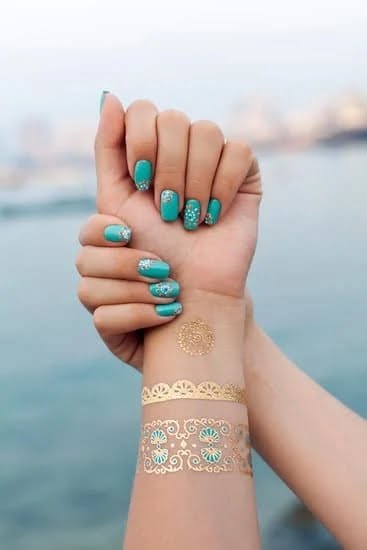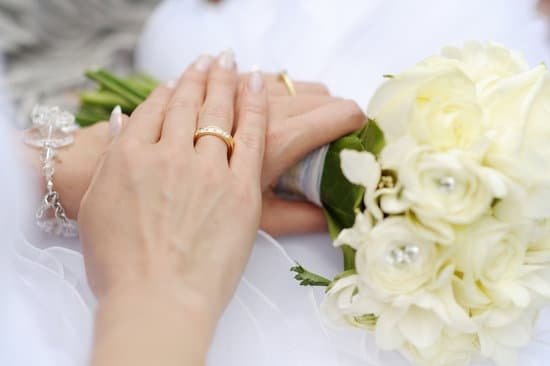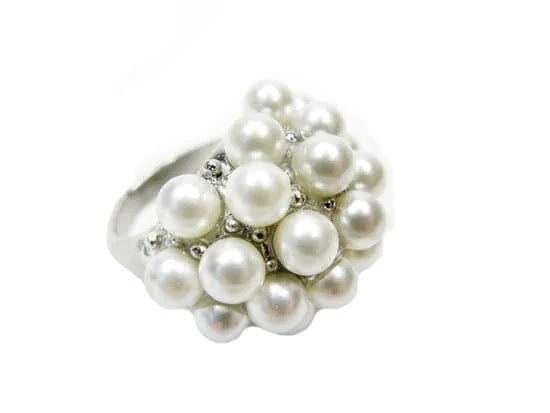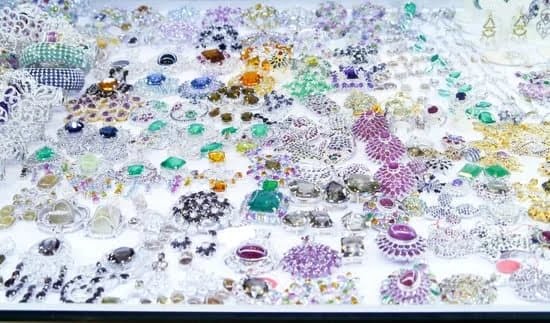Introduction
Antique jewelry is defined as any piece that is more than 100 years old and highly collectible including pendants, necklaces, rings, or pins crafted with styles from different eras such as Victorian, Edwardian, Art Deco, and Retro periods. While the definition of antique generally refers to items that are over 100 years old, exceptions can be made for certain pieces depending on their quality, rarity and age. For example, a piece that may not technically meet the “antique criteria” could be considered valuable due to its craftsmanship or historical significance. It is important to note however that some buyers may refer to items as ‘antiques’ regardless of their actual age.
Understanding What Age Qualifies as ‘Antique’ Jewelry
Antique jewelry can technically be considered any pieces that are 100 years old or older. When pieces are more than one hundred years old and still in their original condition, they can be referred to as ‘antique’ or ‘ancient’. Jewelry items that fall within the range of 50 to 2,000 years old are often classified as ‘vintage’, while anything older than two thousand years is usually considered to be an antique. Pieces that were hand-crafted prior to the 20th century also generally qualify as antiques.
In order for a piece of jewelry to qualify as an official antique, it must meet certain criteria and standards set by collectors and dealers. Age is the major factor when determining if a particular item qualifies as antique jewelry; however, authenticity, rarity and quality can also come into play. It must also have some historical significance or age-related marks, such as patina which indicates true antiquity. In any case, it’s important that all provenance details and paperwork available for the item be thoroughly checked out before making any purchasing decisions.
Examine Criteria for Determining the Age of Antique Jewelry
The age of antique jewelry can be determined by examining several criteria. These include style, materials and hallmarks. Style is a major factor in determining the age of a piece because trends throughout history reflect changes in society, technology and craftsmanship. For example, for the early 1700s through to 1837, the classic Georgian period appeared with elegant designs featuring high domes, twisted wires and curving shape motifs. It was during this time that gemstones such as topaz, diamond and amethyst were set into ornate goldwork with delicate engraving.
Another important criterion for determining age is material used to make the jewelry. In past decades, precious metals such as gold and silver have been used extensively while more recently alternative materials such as plastics have been used increasingly in costume jewelry designs. Finally, most antique jewelry will bear some kind of hallmark — usually found on the back or inside a piece — which indicates its place of origin and date of manufacture. A closer examination may also reveal creator information which helps even further with dating a piece.
Analyzing Factors that Affect the Age of Antique Jewelry
Antique jewelry is typically considered to be at least one-hundred years old. This general definition can vary greatly depending on various factors such as the type of material used, the style or age of a certain era and the maker or designer. For example, a piece of costume jewelry from the 1930s may not be considered antique because it was mass-produced and its value depends on its rarity rather than its craftsmanship. Similarly, fine jewelry made in more recent decades may qualify as an antique if it has special historical significance or characteristics that set it apart from other pieces produced at that time. Additionally, design elements can play a part in determining an item’s age; some materials and styles became popular during particular eras, so if the item has those elements, then it can likely be attributed to those eras. Finally, markings on the piece may provide evidence of who crafted it and when they did so. Such clues can range from stamps that name particular artisans to hallmarking (inscribed symbols recognized by geographic areas) used by royalty and governments to document better how items were made and when they were manufactured.
Explore Types of Antique Jewelry
Antique jewelry is defined as pieces that are generally more than 100 years old. While some pieces could be older, age alone isn’t the only determinant. For an item to be considered antique jewelry, it must have a unique design, often with detailed craftsmanship and distinctive materials that make it stand out from modern pieces.
There is a wide variety of vintage and antique jewelry styles, since each era has its own distinct characteristics. Victorian jewelry is renowned for its intricate detailing and romantic designs featuring carved ivory flowers, enameled portraits, cameos and pearls. Edwardian jewelry is often set with diamonds in sensitive filigree patterns or platinum settings with delicate rose gold details. Art Deco necklaces integrate bold metals such as chrome and nickel with geometric-inspired motifs like sunbursts and chevrons; while mid-century modern revolved around large carved jadeite stones and brightly colored cloisonne beads. There is also Georgian jewelry from the late 1700s to early 1800s which was known for its bright yellow gold color as well as French Jet—black glass formed in intricate designs. Meanwhile, Art Nouveau charm bracelets include cabochon cut garnets laced in silver filigree or opals surrounded by vibrant marcasite detail. No matter what period the piece dates back to, each has unique design details that distinguish it from those created today.
Preserving and Caring for Antique Jewelry
Antique jewelry is any type of jewelry that is at least 100 years old, whether it’s vintage, estate or art deco. Although antique jewelry is an excellent addition to any collection, it requires special care and attention because it may be more delicate than newer pieces of jewelry. Before caring for or cleaning antique jewelry, you should consult a knowledgeable professional, who can provide tips on how best to preserve the piece and its value. There are a few tips, though, that all antique jewelry owners need to keep in mind when caring for their cherished items:
1. Proper Storage – Store your antique jewelry in a dry place away from sunlight, moisture and dust as much as possible. If possible, store each piece in a separate box which will minimize contact with other items and help preserve them intact.
2. Proper Cleaning – Since many types of antique jewelries are made from delicate materials like gold or silver, they must be handled carefully with specialized cleaners and soft cloths to avoid damaging them. Never use harsh chemicals or abrasive solutions to clean antique jewelries- gentle water and mild soap may do the job but additional expertise should always be sought just to be sure these items are cared for properly.
3. Regular Examination– Ensure regular examinations of your antique jewellery by professionals who have experience dealing with this type of material so that any issues such as worn settings or weak clasps can be addressed promptly before further damage can occur from everyday wear and tear. Doing this will also ensure the collector’s authenticity and worth is accurately assessed too!
4. Insurance– Purchasing insurance for valuable heirloom pieces is essential in giving peace of mind that if anything were ever to happen to them (such as theft/accident etc), then some form of compensation could help alleviate the financial burden that would come along with replacing such pieces altogether
Frequently Asked Questions
The term “antique jewelry” usually refers to items of jewelry that are at least 100 years old or older. In the United States, jewelry is officially considered an antique once it reaches a certain age, depending on its typeWith items such as watches and clocks, they must be an entire century old in order to qualify. Some other pieces may be considered antiques if they are at least fifty years old.
In general, antique jewelry should have been made by hand rather than through machines. This is not a definitive requirement but it is certainly indicative of the age and value of a piece of jewelry. If a piece has been made through manual labor without the assistance of machines then it likely dates from an earlier era. Antique jewelry can often feature precious stones such as rubies and diamonds set into gold and silver settings. This type of jewelry was especially popular during the Georgian and Victorian eras, which lasted from around 1714-1901 in England and in Europe more generally.
Jewelry collectors should always be aware that some dealers may try to pass off fake pieces as antique items in order to maximize their profits. For this reason, it is important that any prospective buyer researches their potential purchase thoroughly before committing any money to the transaction. It is perhaps best to buy from established stores that specialize in antiques where possible; these outlets are less likely to deal with falsely described items than smaller vendors who may be tempted by greed. Ultimately though, only taking great care when buying antique jewelry will protect you against being scammed or ripped off when making your purchases
Conclusion
Antique jewelry is typically defined as any jewelry piece that is over 100 years old. However, there are many factors that can affect the classification of a jewelry piece as antique, such as its condition and how rare it is. Generally speaking, most items designated as “antique” will have been crafted before the beginning of the 20th century. Additionally, vintage jewelry pieces may also be considered antique if they have some distinctive features or qualities that make them distinguishable from other pieces. Ultimately, age should not be the only factor considered when determining the value of antique jewelry – quality and rarity should also be taken into account.

Welcome to my jewelry blog! My name is Sarah and I am the owner of this blog.
I love making jewelry and sharing my creations with others.
So whether you’re someone who loves wearing jewelry yourself or simply enjoys learning about it, be sure to check out my blog for insightful posts on everything related to this exciting topic!

